Why are NFL players pushing the league to switch to grass fields?
Proponents argue it's greener — and safer — on the other side
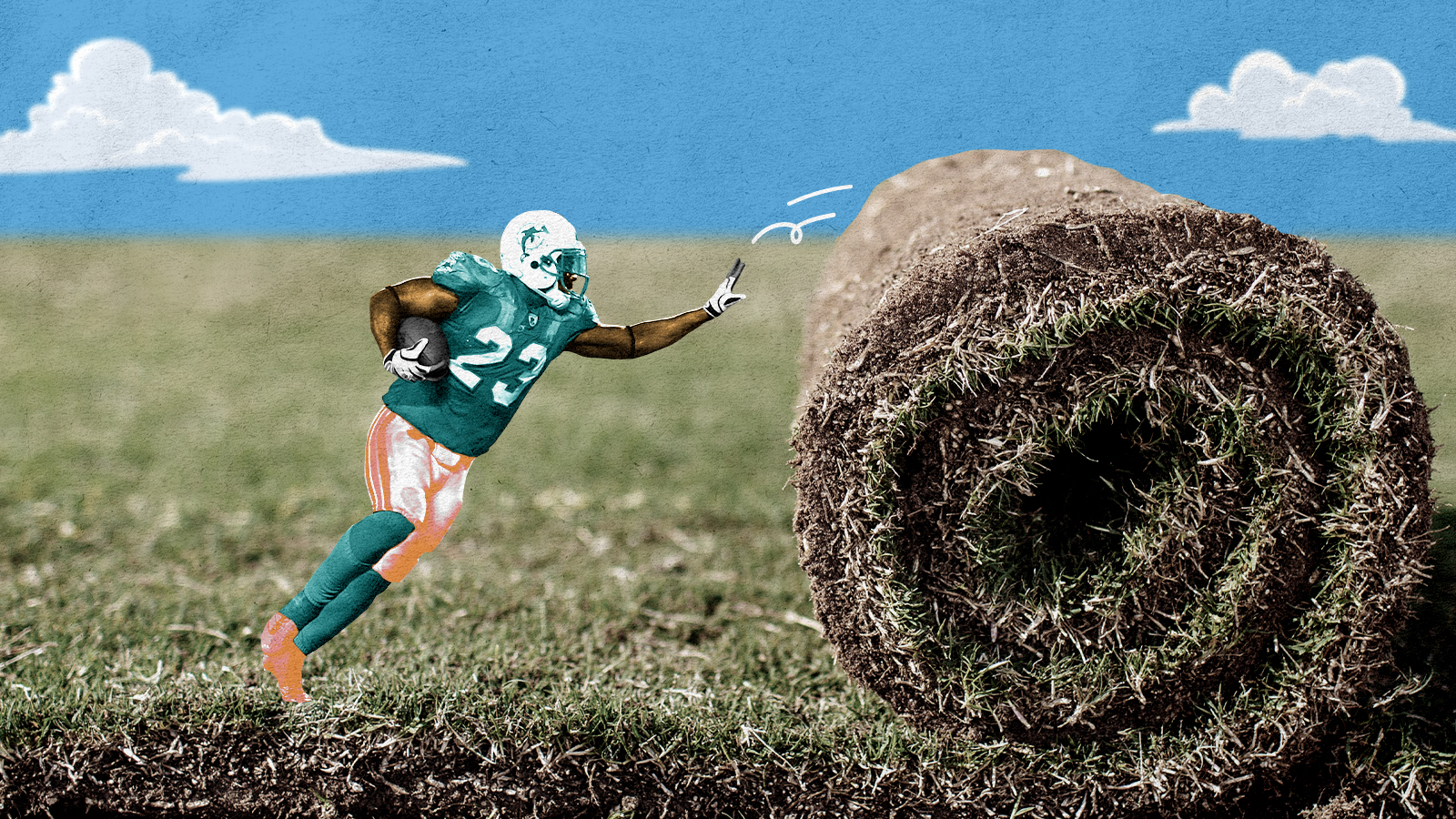

The National Football League has found itself in the midst of a playing surface controversy. Here's everything you need to know:
When and how did this debate arise?
In mid-November, NFL Players Association President J.C. Tretter urged the league to demonstrate its commitment to player safety by immediately replacing and banning the use of "slit film turf," a specific type of playing surface with "statistically higher in-game injury rates" — in particular, non-contact injuries; missed time injuries; lower extremity injuries; and foot and ankle injuries — compared to grass and other types of artificial surfaces. Seven teams play on slit film: the New York Giants, the New York Jets, the Detroit Lions, the Minnesota Vikings, the New Orleans Saints, the Cincinnati Bengals, and the Indianapolis Colts.
"The NFL and its experts have agreed with this data and acknowledge that the slit film field is less safe," Tretter wrote in the release, adding that player leadership had that same week written the league to demand "the immediate removal of these fields and a ban on them going forward, both in stadiums and for practice fields." But the NFL refused to mandate the change, and "also refused to commit to mandating a change away from slit film in the future at all," Tretter said.
The Week
Escape your echo chamber. Get the facts behind the news, plus analysis from multiple perspectives.

Sign up for The Week's Free Newsletters
From our morning news briefing to a weekly Good News Newsletter, get the best of The Week delivered directly to your inbox.
From our morning news briefing to a weekly Good News Newsletter, get the best of The Week delivered directly to your inbox.
The NFLPA's call to action followed a series of "anecdotal observations" this season from "players, agents, and coaches who have called for the league to convert all surfaces to grass in response to a series of high-profile injuries on artificial turf," writes ESPN. But data compiled by a third-party company on behalf of both the NFL and the NFLPA runs counter to those claims; per the review from IQVIA, which analyzes data on every injury each season, the recent rate of non-contact knee, ankle, and foot injuries is about the same on natural grass as it is on artificial surfaces. That gap was noticeably wider in recent years but began narrowing in both 2020 and 2021 (though it's unclear why — at least "part of the reason is that injuries on grass increased from 2018 to 2021," ESPN summarizes). Data for 2022 will be compiled at the end of the season.
"The takeaway from all of this data is that the discussion between synthetic surfaces and natural grass surfaces isn't really the argument," said Jeff Miller, executive vice president of communications, public affairs, and policy for the NFL. "What we're trying to do is decrease injuries on both. As a general matter, looking at synthetic versus natural doesn't really provide us the information we need to try to drive those injury rates down."
That said, the numbers don't include the current season and don't necessarily address the injury disparity between slit film turf and other artificial surfaces, said former player and current NFLPA Vice President Richard Sherman. "When there's clear evidence of a playing surface being dangerous — there's nine more serious injuries on this surface than even other turfs — like, you need to change it now."
Though it seems to have taken on newfound urgency given the injuries of the 2022 season, the playing surface debate is otherwise nothing new.
A free daily email with the biggest news stories of the day – and the best features from TheWeek.com
What benefit would grass fields provide?
For one thing, grass offers more give than its synthetic counterparts, making non-contact injuries to the knees, feet, and ankles less likely. Football players "put extremely high levels of force and rotation onto the playing surface," Tretter wrote in a 2020 release; on turf, that shock goes right to their bodies and joints, increasing the risk of injury. Turf also has "zero climate benefits," can't be recycled, and "can get up to 60 degrees hotter than natural grass, increasing the rate at which toxic gases are released and ingested," per a Change.org petition sponsored by Pennington Grass Seed and a number of NFL players, including star San Francisco 49ers tight end George Kittle.
Further, Tretter claimed, natural grass fields are possible in any climate and weather; just look at the Packers, the Pittsburgh Steelers, and the Cleveland Browns, for example, all of which "successfully maintain natural grass fields" despite brutal winters. Even where franchises have the complete opposite problem, like Arizona and Las Vegas, for example, teams have "figured out how to provide a natural grass playing surface indoors."
As for why teams would even opt for turf to begin with, it's simple: an artificial playing surface is cheaper overall, and easier to maintain.
What have players and coaches said?
While Green Bay Packers quarterback Aaron Rodgers thinks its time for the NFL to issue a natural grass mandate, "I don't have a lot of confidence when it comes to the league making that decision without some sort of big vote and gripes from certain owners who don't want to spend the money," he said. "This to me is player safety." Rogers had previously condemned the NFL's decision to expand its season to 17 games, which he said was "about monetary gains," so switching to grass fields "would be putting your money where your mouth is if player safety is important." And when Packers pass-rusher Rashan Gary suffered a non-contact ACL injury in Detroit at the start of November, linebacker De'Vondre Campbell tweeted: "This is two weeks in a row we've had players get injured on turf fields. I think it's time y'all take some of the money y'all make off us and invest in grass fields for every team around the league. The turf is literally like concrete it has no give when you plant." At home, the Packers play on polyethylene-based SIS Grass, "in which synthetic fibers are stitched together with natural Kentucky bluegrass," per ESPN.
Los Angeles Rams Wide Receiver Cooper Kupp is also among the many players speaking out: "I know there's stuff going around the league right now, there's some issues. Hands down, we should be playing on grass," Kupp said at the end of October, later doubling down on his stance in a Nov. 12 tweet. "Data shows slit film turf puts players at a higher risk of non-contact injuries," added the Baltimore Ravens' Calais Campbell. "The fields can be changed and ready for play in days. This is a [no-brainer]!"
For his part, Seattle Seahawks head coach Pete Carroll thinks the league must again "seriously" weigh a grass field mandate "in the offseason," he said at the end of October, after losing wide receiver D.K. Metcalf to a non-contact injury in a game on an artificial turf field. "It's been a discussion before. We've got to do what's right, and we've got to do what's safest for the players and we've got to make those choices. I would pound on the drum for that."
But not everyone is anti-turf; consider Bengals quarterback Joe Burrow, whose home stadium in Cincinnati uses slit film. "I personally like playing on turf, but I do wish that each stadium had the same turf," Burrow said recently, per CBS Sports. Field quality "changes the cleats you wear. Changes how you cut, how you run routes, all the above. So I think having a universal turf would be a great thing for us as players," he said.
Keep in mind, however, that "players routinely voice the opinion that grass is better," even in light of the NFL's injury data, The Athletic writes.
What else has the NFL said?
At the start of November, Dallas Cowboys owner Jerry Jones said the league has no plans at the moment to implement a natural grass mandate. "Our league stats don't see issues with the type surface that we have as opposed to natural grass. We don't see issues. No facts bear that out," Jones told 105.3 The Fan, per ESPN.
Otherwise, some league representatives believe the playing surface data first necessitates further study, especially considering the multitude of factors that contribute to non-contact injuries — things like cleats, weather, and time of year, in addition to playing surface.
"The answer is not going to be in one versus the other," Dr. Allen Sills, the NFL's chief medical officer, told reporters in March, per The Athletic. "It's going to be the performance characteristics and obviously, those can be changed. Grass can be changed in certain ways to make it safer, as can artificial surfaces. As we gather more data, I think we can better help people understand what's the right surface for the right condition, you know, for the right use case, and I don't think it'll be just as simple as this one's good, this one's bad."
Which stadiums already have grass fields?
Sixteen NFL stadiums boast real grass fields. Per NBC Sports, "nine of them have Bermuda grass, four have Kentucky bluegrass, two have Desso Grassmaster, and one has a combination of different grasses." The remaining 14 use artificial turf, and six of the 14 use slit film.
Has there been any progress at all?
MetLife Stadium in East Rutherford, New Jersey — home to both the Giants and the Jets — has committed to changing its playing surface in 2023, but not to natural grass. Rather, it will update its current slit film turf to another synthetic, player-friendly option. "We would love grass," said NFLPA union representative and Giants safety Julian Love. "But if that's not feasible, then the new state-of-the-art turf that is available will have to go down instead."
Brigid Kennedy worked at The Week from 2021 to 2023 as a staff writer, junior editor and then story editor, with an interest in U.S. politics, the economy and the music industry.
-
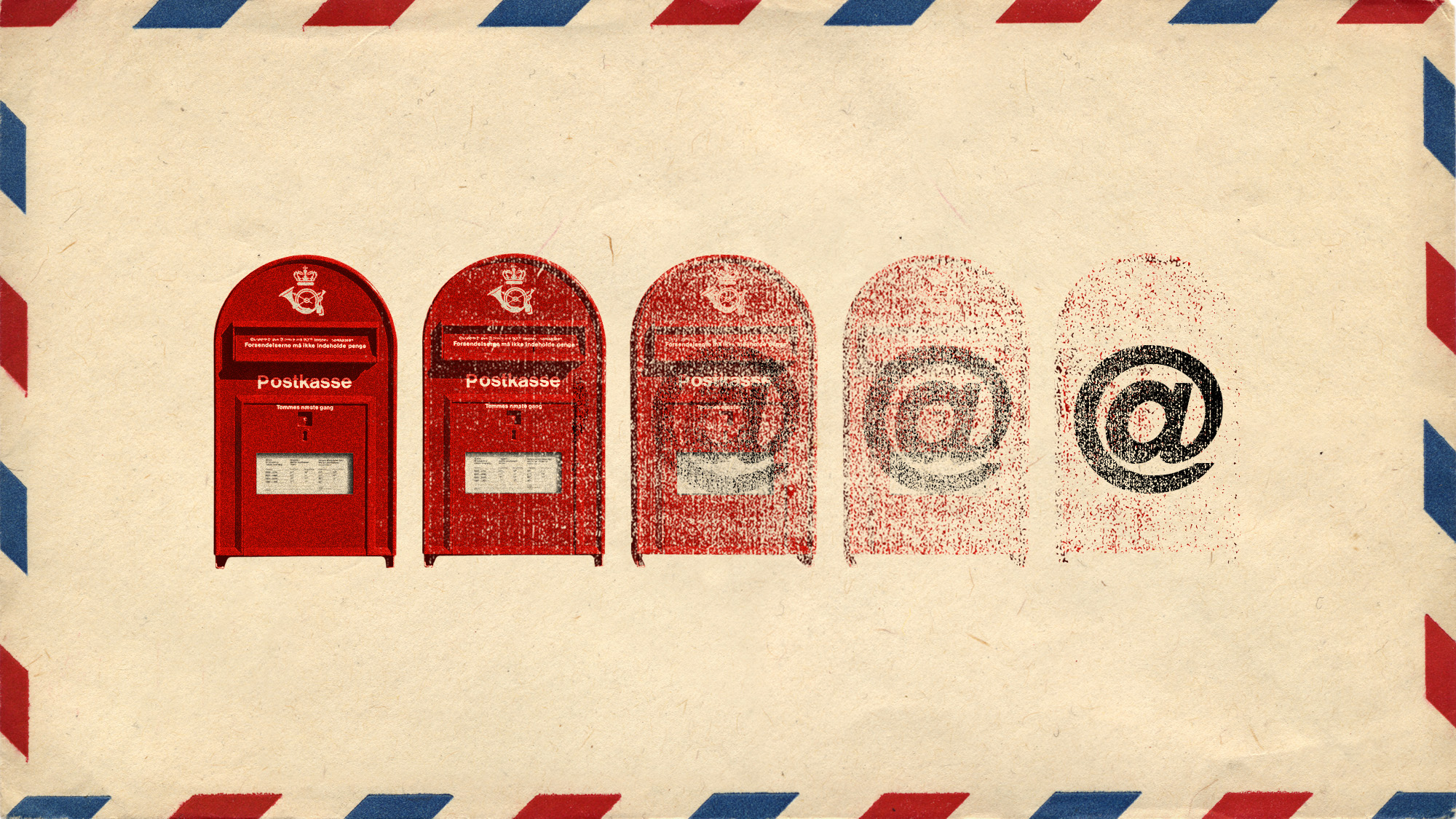 Denmark scraps letters and its iconic red postboxes
Denmark scraps letters and its iconic red postboxesUnder the Radar Danish posties say ‘farvel’ to 400 years of tradition but can Royal Mail weather the storm?
-
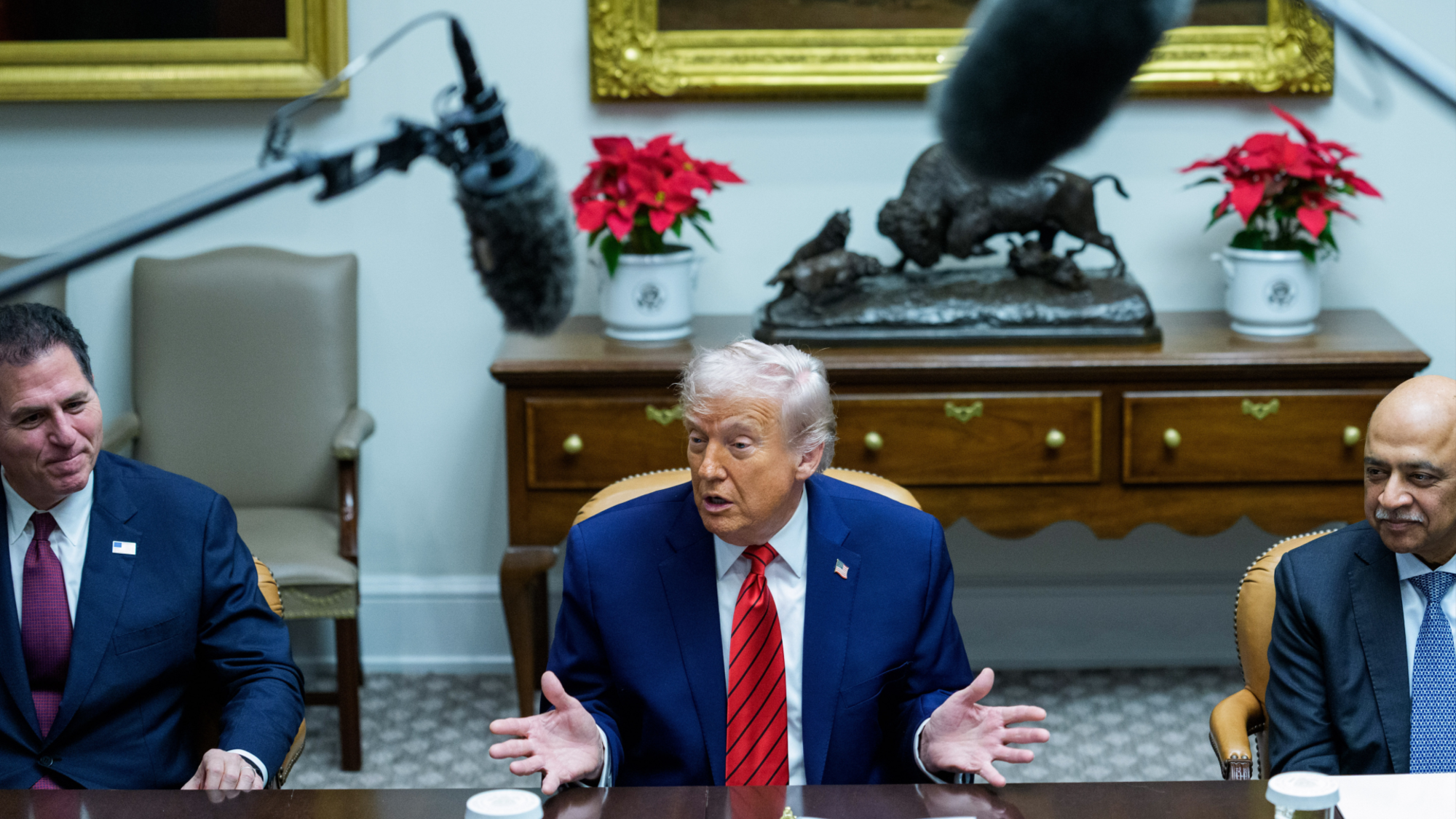 What role will Trump play in the battle over Warner Bros. Discovery?
What role will Trump play in the battle over Warner Bros. Discovery?Today’s Big Question Netflix and Paramount fight for the president’s approval
-
 ‘The menu’s other highlights smack of the surreal’
‘The menu’s other highlights smack of the surreal’Instant Opinion Opinion, comment and editorials of the day
-
 Trump orders NFL team to change name, or else
Trump orders NFL team to change name, or elseSpeed Read The president wants the Washington Commanders to change its name back to the 'Redskins'
-
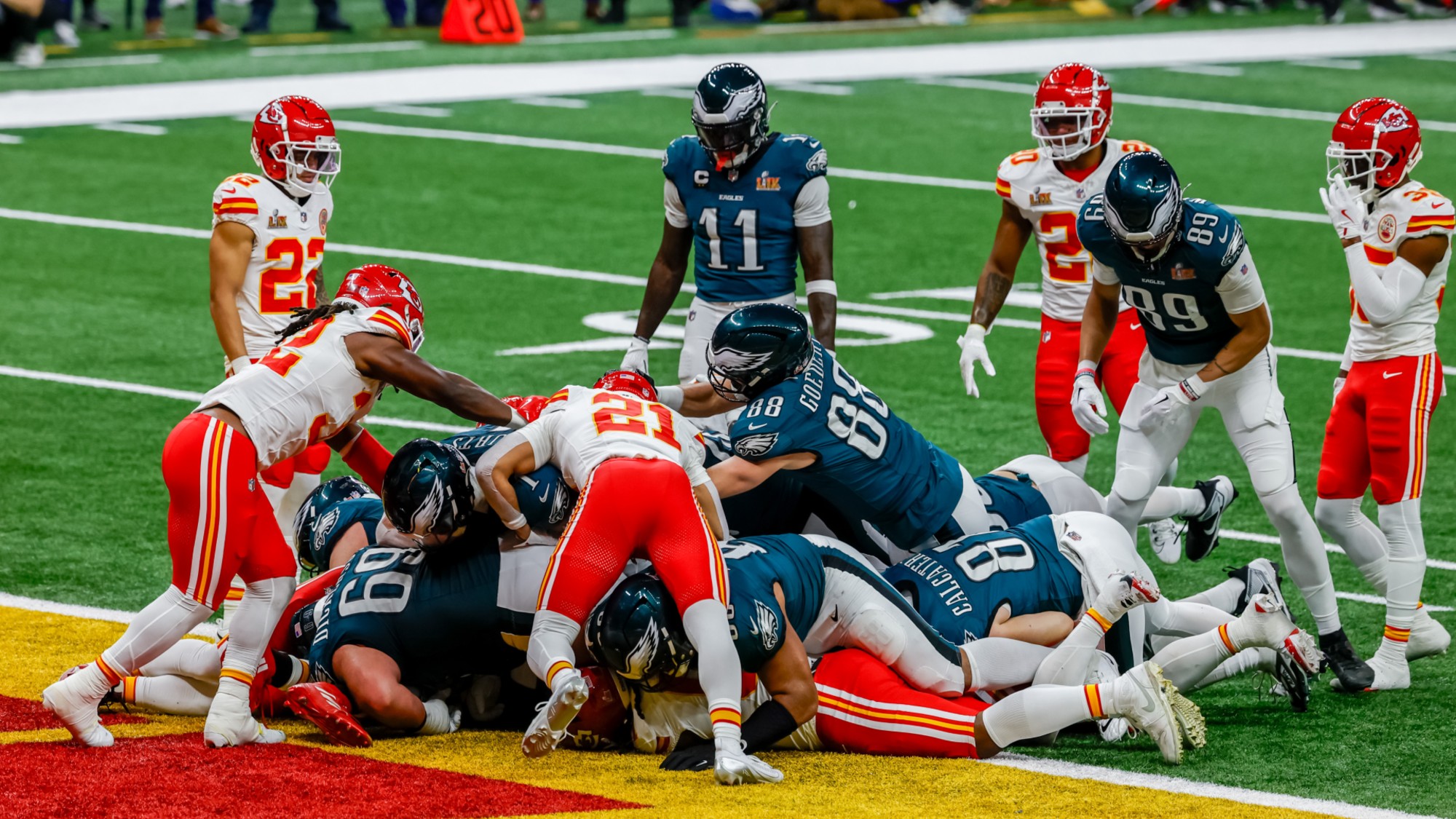 Why is the NFL considering banning the 'tush push' play?
Why is the NFL considering banning the 'tush push' play?Today's Big Question The play is widely used by the Philadelphia Eagles, to other teams' chagrin
-
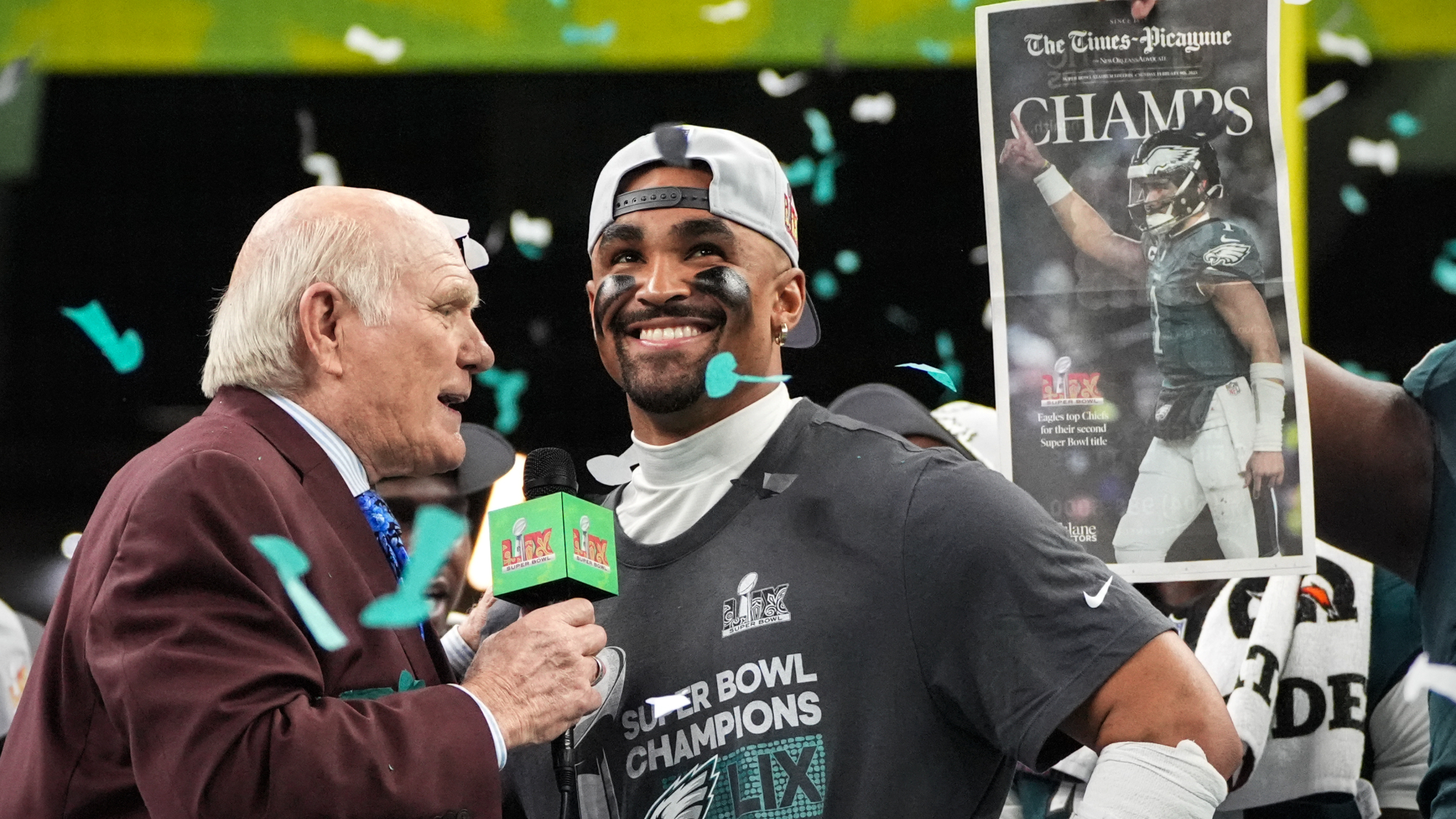 Eagles trounce Chiefs in Super Bowl LIX
Eagles trounce Chiefs in Super Bowl LIXspeed read The Philadelphia Eagles beat the Kansas City Chiefs 40-22
-
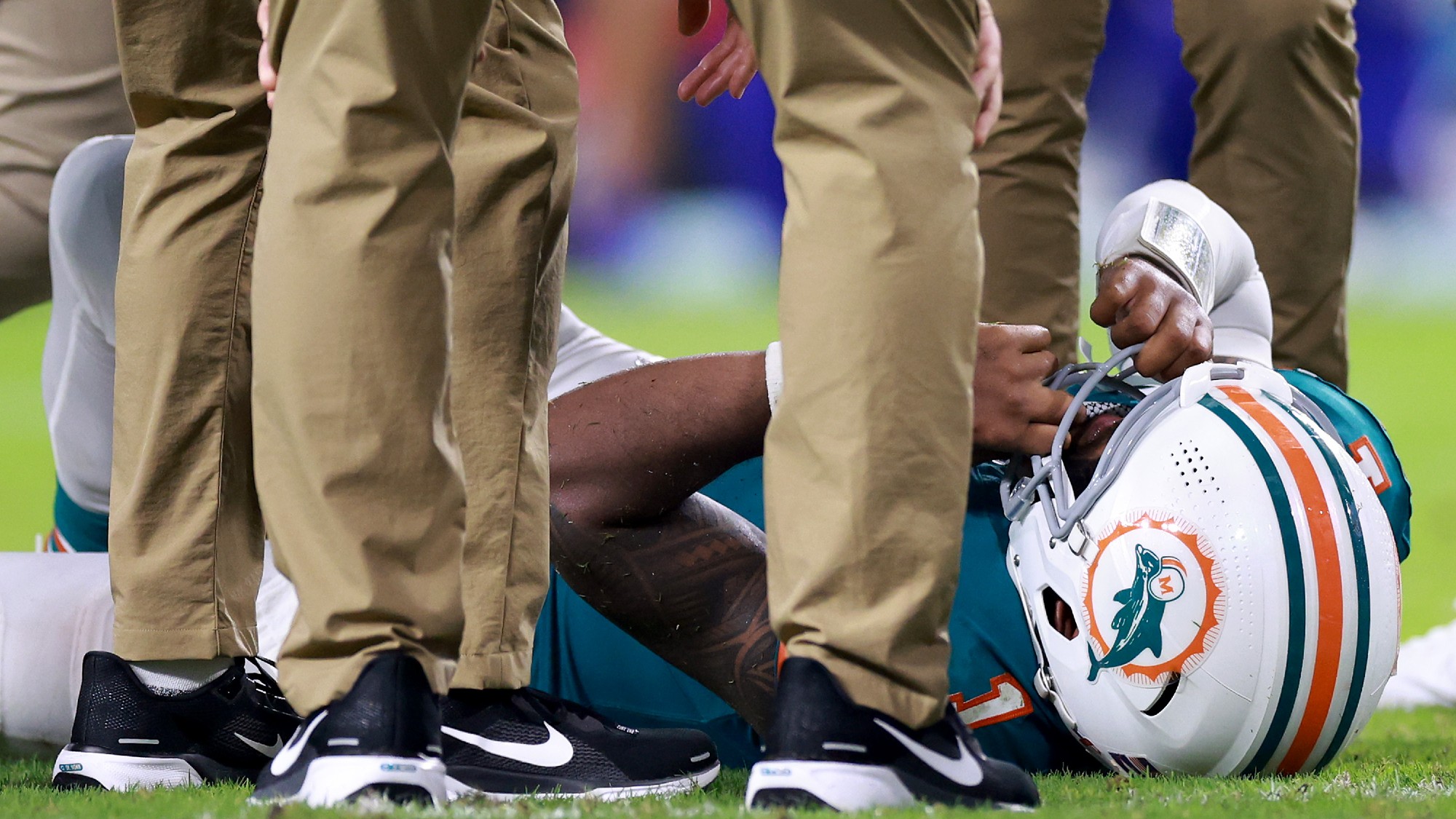 After Tua injury, can NFL make progress on concussions?
After Tua injury, can NFL make progress on concussions?Today's Big Question Dolphins QB faces calls to retire
-
 Cop benched after NFL star handcuffed in traffic stop
Cop benched after NFL star handcuffed in traffic stopSpeed Read A Miami-Dade police officer detained Dolphins star Tyreek Hill before the game
-
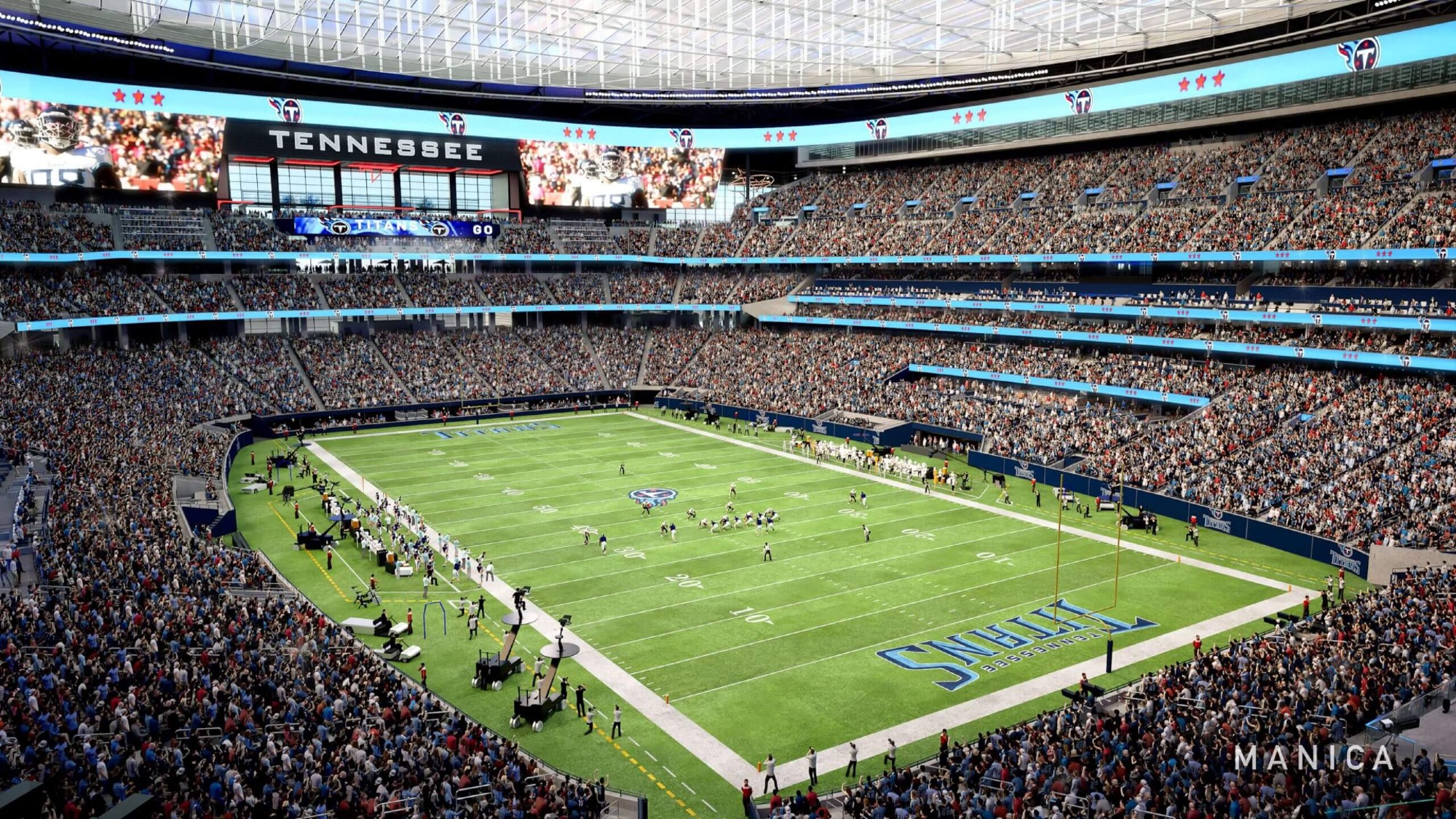 The economics of taxpayer-subsidized stadiums
The economics of taxpayer-subsidized stadiumsIn Depth Shiny new stadiums can end up costing taxpayers billions
-
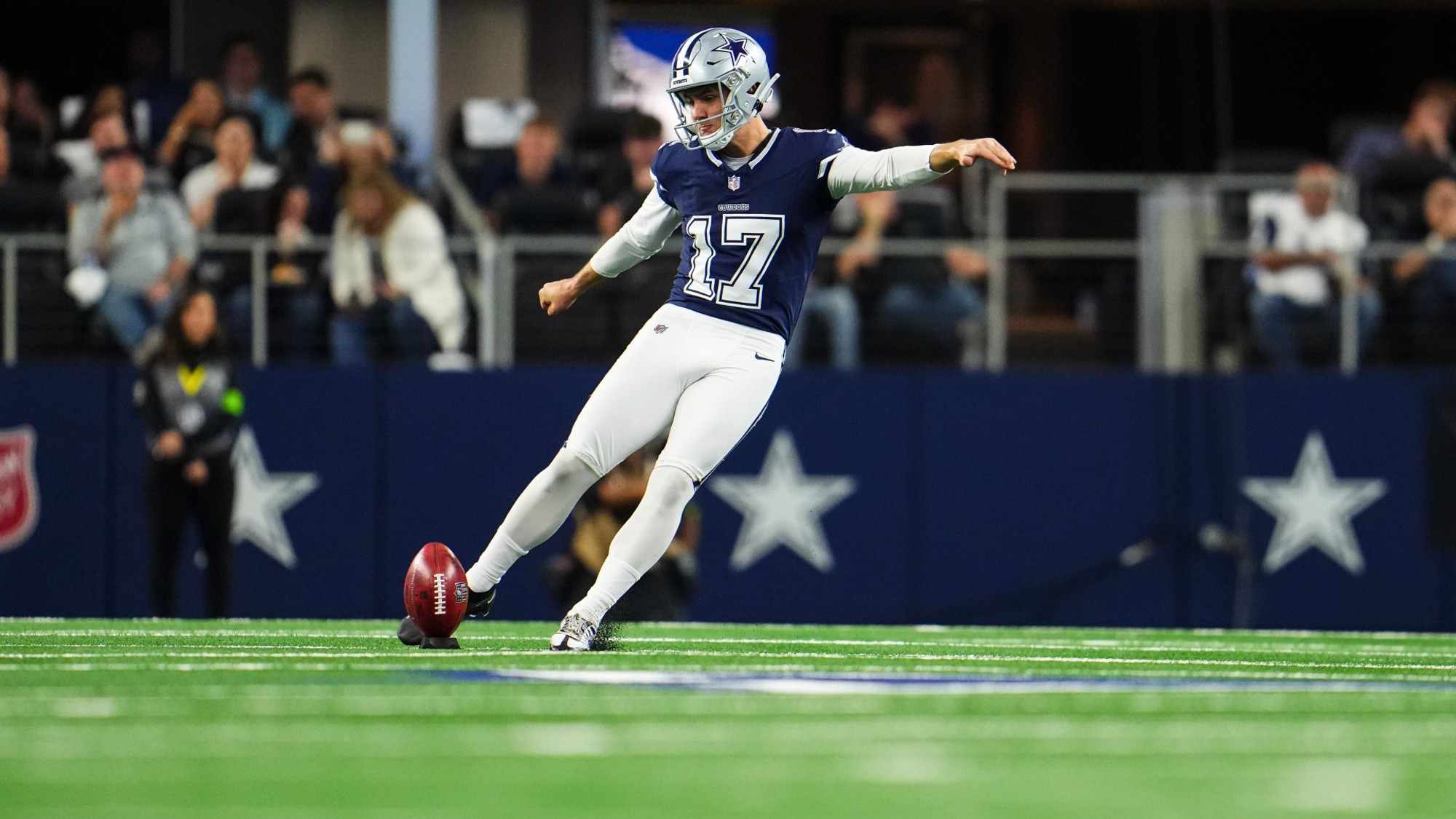 How the NFL's new kickoff rules could change football
How the NFL's new kickoff rules could change footballUnder the Radar The play will resemble the kickoff structure seen in the much-smaller XFL
-
 The NFL's concussion settlement has seemingly failed its players
The NFL's concussion settlement has seemingly failed its playersUnder the Radar The league promised to pay players who had suffered brain trauma. Allegedly, it has not happened.
